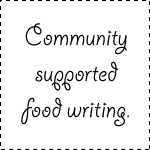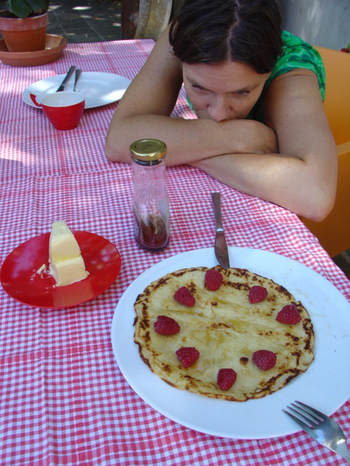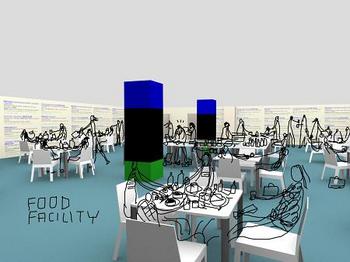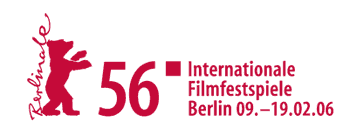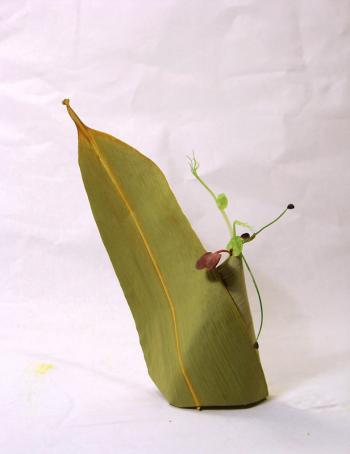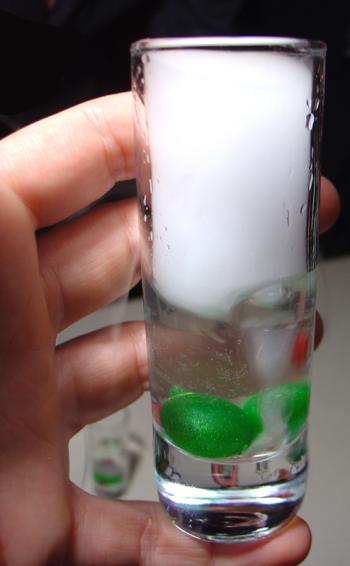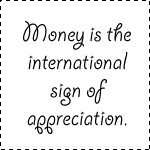Design in Marketing and Communication
October 24, 2006

Image of design and trend guru Li Edelkoort blurred and playfully purpled almost beyond recognition, but not entirely. Used without permission.
Whereas I’m sure that any of us can come up with a sexier conference title, it’s thrilling to see so much food related design and sustainability in the programme lineup. This two-day conference with the most boring title in the world deserves our attention, if for no other reason than that there are nearly an equal number of male and female speakers. I’ll be there, and I’ll return with a wordy and personable event review.
In English.
Wednesday afternoon’s programme will include a tour of the spanking new Design Academy exam show and a short ceremony for the Sustainability in Design Award 2006. That’s not the end of the action. Dinner is a brainstorm session with Gijs Bakker (Droog Design) in which all the smart people will be encouraged to speak out loud. But it is espeically Thursday that has peaked my curiosity, ‘breakout sessions’ with Katja Gruijters, Marije Vogelzang and Birgitta deVos et l’Ă©minence grise, Li Edelkoort keeping it real as keynote speaker.
- Wednesday and Thursday, 25 & 26, October, 2006
Design Academy Eindhoven
www.designconference.nlspeakers:
• katja Gruijters, food designer, studio Katja Gruijters
• ilse Crawford creative director Studio Ilse Londen
• gijs Bakker director Droog Design
• hans Lensvelt creative director Gispen, co-founder Moooi
• marije Vogelzang food designer Proef
• john McLaren director corporate communication Akzo Nobel
• tom Dixon non-executive director for Habitat
• patrick Kuijsters director branding & marketingcommunication KPN
• aad Boon directeur marketing & communication UPC
• marja Ruigrok director Ruigrok | NetPanel
• michel van Tongeren, director SVT Branding Design
• tim Selders, director PARK
• birgitta de Vos, Soul Matters
• gert Kootstra, Design Management NetwerkGet on the horn: +31 (0)40 297 49 77
debra at 0:56 | Comments (0) | post to del.icio.us
More mushroom foraging and gloating
October 21, 2006
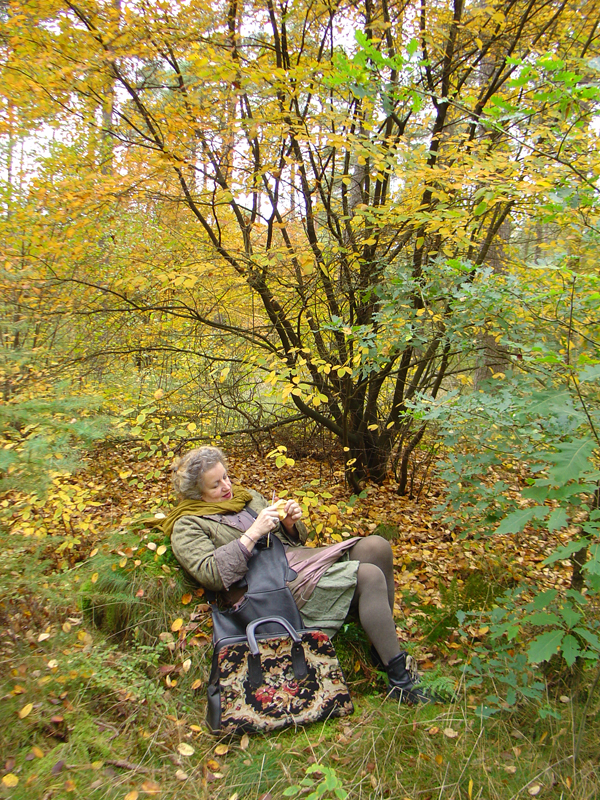
In the woods near Amsterdam, culiblog covergirl Marlein O. takes a break from mushroom hunting to relax into a moss covered chaise and carve at a piece of clove-studded cheese.
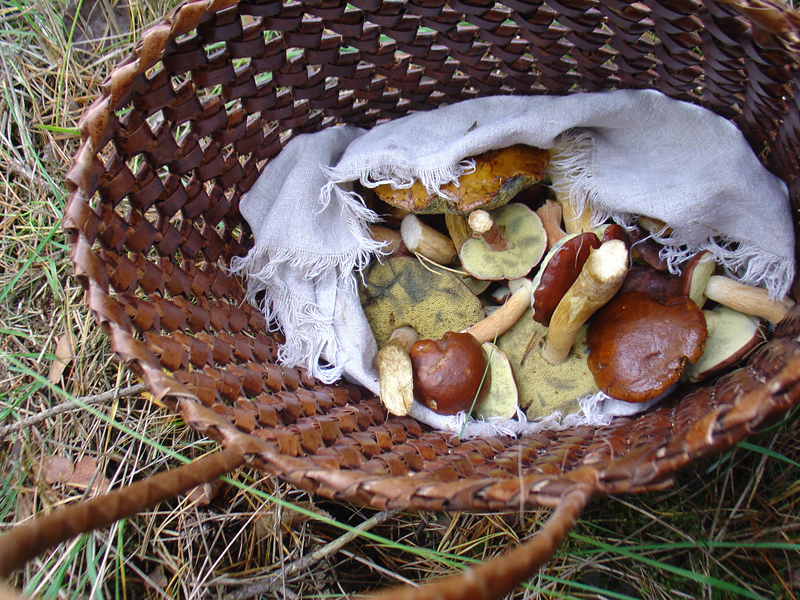
Just one hour into the hunt, and the basket is half-full.
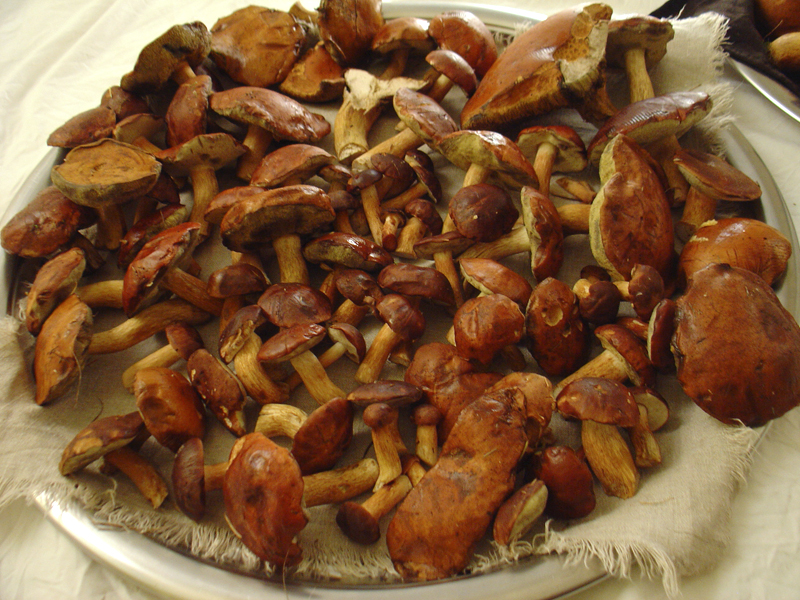
Back home we marvel at the abundant harvest. Let the wingflapping begin.
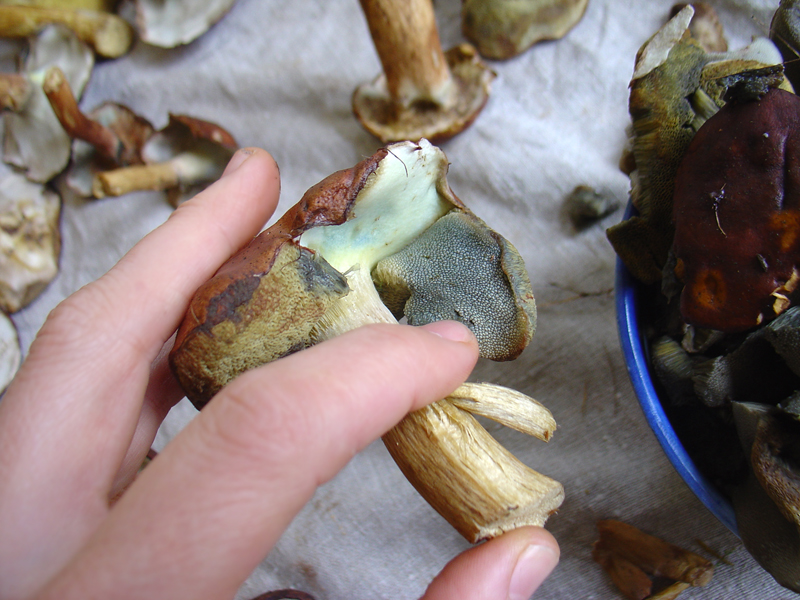
Bright and early next day it’s time to remove the gooey spongiform gills…
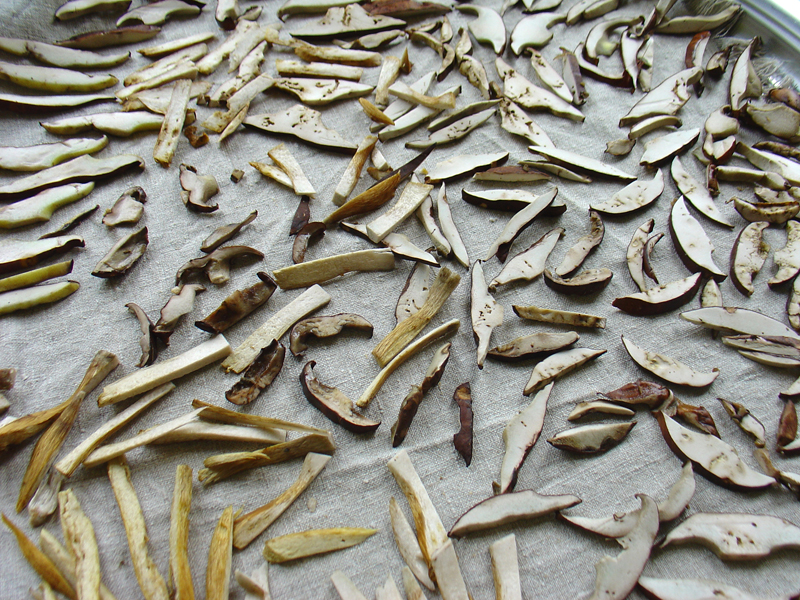
…slice the boletes thinly and set out to dry.
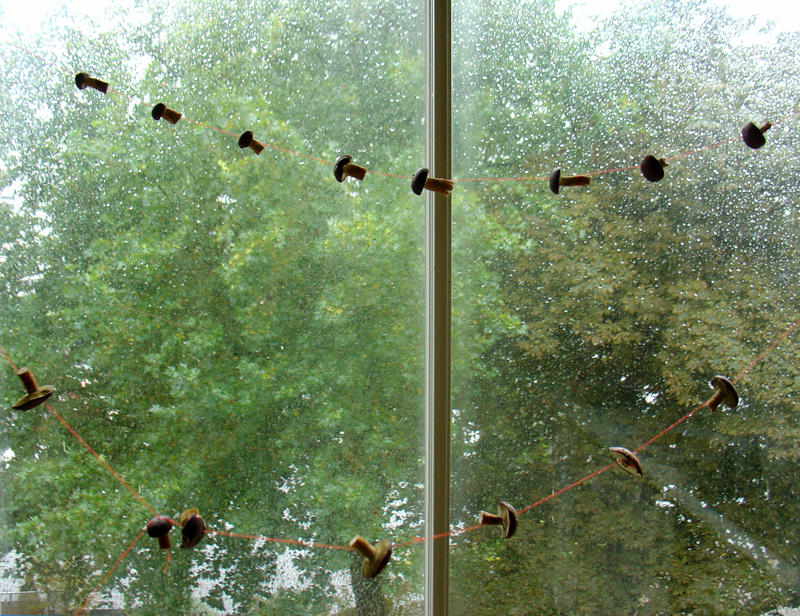
Today it’s raining, giving us another reason to gloat. We’re hoping for rain all weekend and sun during the week to come.
debra at 20:17 | Comments (0) | post to del.icio.us
In Praise of Shadows
October 19, 2006
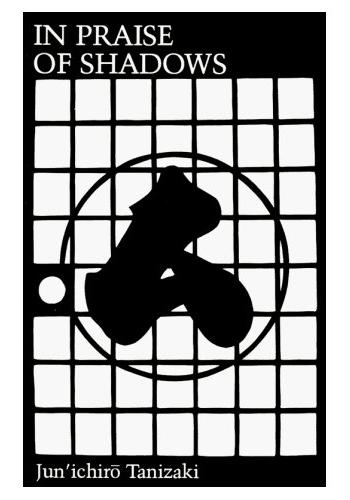
In Praise of Shadows by Jun’ichiro Tanizaki, cover art by Yukio Futagawa used entirely without permission
“The sun never knew how wonderful it was, until if fell on the wall of a building,” said architect Louis Kahn. I didn’t expect to bump into him so soon, having just returned My Architect to the videotheek. But this morning I found myself contemplating the dark pallet of Autumn vegetables and sef-drying fruit accumulating on my counter and what a beautiful still life it had become. As I walked past a stack of books begging for order, I refound an old favourite and opened the book to this recipe for persimmon leaf sushi. Could be that these are the most worn pages in this book that is otherwise about Japanese aesthetics and the notion of shadow framing light. The Kahn quote graces the first page. A serendipitous Autumn morning read.
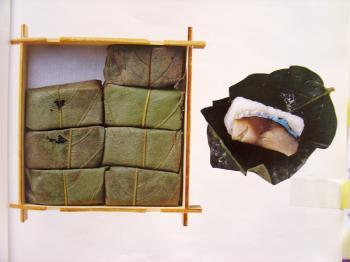
Photograph of a photograph from Ekiben, the Art of the Japanese Box Lunch by Junichi Kamekura, Gideon Bosker, Mamoru Watanabe and with photographs by Masaru Mera used entirely without permission
It’s not the season, it’s not the location, but the recipe inspires me today. I’ll adapt it by substituting mackerel and chestnut leaves. To be true to Dutch terroir I should really also substitute the rice for some barley, (gort) but that’s an experiment for yet another day. The possibility of using barley like rice does inspire me to rethink the Hungry Gap food of last Spring.
The following is an excerpt from Jun’ichiro Tanizaki’s 1933 In Praise of Shadows, and used entirely without permission, or should I say entirely without persimmon.
… In a large city it takes a concerted search to turn up a dish that will be palatable to an old person. Not long ago a newspaper reporter came to interview me on the subject of unusual foods, and I described to him the persimmon-leaf sushi made by the people who live deep in the mountains of Yoshino - and which I shall take the opportunity to introduce to you here. To every ten parts of rice one part of sakĂ© is added just when the water comes to a boil. When the rice is done it should be cooled thoroughly, after which salt is applied to the hands and the rice molded into bitsize pieces. At this stage the hands must be absolutely free of moisture, the secret being that only salt should touch the rice. Thin slices of lightly salted salmon are places on the rice, and each piece is wraped in a persimmon leaf, the surface of the leaf facing inward. Both the persimmon leaves and the salmon should be wiped with a dry cloth to remonve and moisture. Then in a rice tub or sushi box, the interior of which is perfectly dry, the pieces are packed standing on end so that no space remains between them, and the lid is put in place and weighted wih a heavy stone, as in making pickles. Prepared in the evening, the sushi should be ready to eat the next morning. Though the taste is best on the first day, it remains edible for two of three days. A slight bit of vinegar is sprinkled over each piece with a sprig of bitter nettle just before eating… Shortly hereafter Tanizaki launches into a bitching session directed at urban planners and I start to space out and think about making a bento box with Autumn leaves.
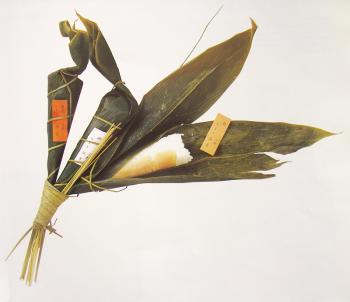
Photograph of a photograph from Ekiben, the Art of the Japanese Box Lunch by Junichi Kamekura, Gideon Bosker, Mamoru Watanabe and with photographs by Masaru Mera used entirely without permission
For authenticity’s sake:
- I think Tanazaki is describing pickled persimmon leaves, made the summer before. Why otherwise would it be necessary to wipe of moisture and also, unpickled leaves as thick as persimmon leaves are likely to tear. I’m going to try both pickled and unpickled chestnut leaves. I’ll ask my Dad if I pickle some of his persimmon leaves, if they’re still on the tree.
- Also, I believe that Tanazaki is referring to raw salmon (or mackerel) in this recipe. I’m going to try the recipe with both smoked and raw. In the Netherlands, smoked mackerel is called steamed mackerel for some reason that I cannot understand. Must remember to add this to the lengthy list of things that I don’t understand after living in this country for more than half my life.
debra at 12:31 | Comments (0) | post to del.icio.us
